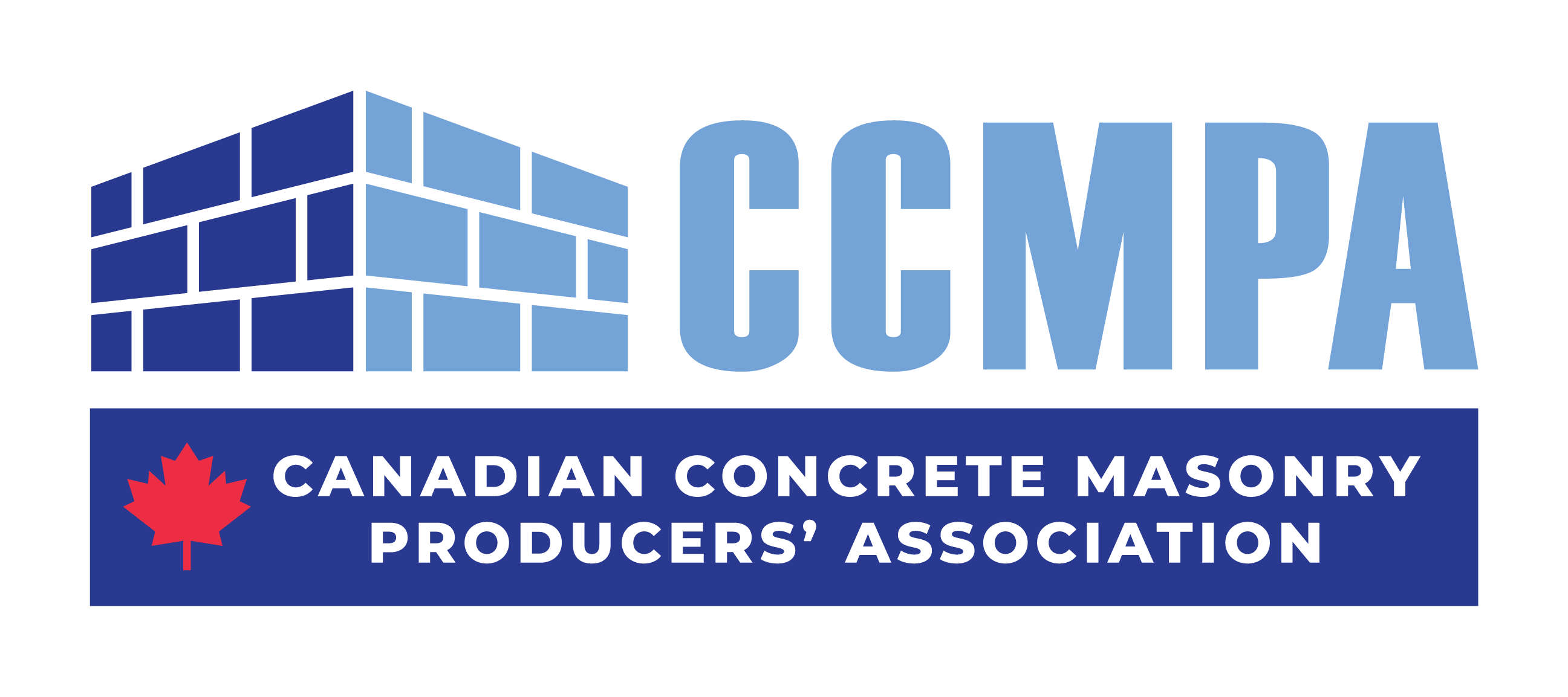As flood waters in Quebec recede, we’re reminded that climate change is real, and that we need to adapt to it by building better.
By Paul Hargest, President
Canadian Concrete Masonry Producers Association
On May 11th, Justin Trudeau stood in front of a group of reporters in Gatineau, Quebec. He’d just taken an aerial tour to survey the area’s flood damage. With Premier Philippe Couillard by his side, he talked about the growing threat of extreme weather, and our need to prepare for it.
“The frequency of extreme weather events is increasing…. And that means that as we look to rebuild our communities, our homes, our infrastructures, we’re going to have to think about what we can do to rebuild better….” Yes, Trudeau acknowledged, it “might be more expensive to rebuild better now, but that’ll certainly be less expensive than the clean-up and the disaster response that is going to increasingly have to happen if extreme weather events keep going the way they are.”
From ice storms and heat waves to droughts and unprecedented flooding (think Alberta in June 2013), our weather is becoming more severe. Climate change is real.
While we may not be able to control the rain and snow, we can control how we adapt to it — in particular, how we construct the homes and buildings in our communities.
To build better, we need more rigorous construction standards. We need to set the bar higher than it is now. And in fact, many building experts would argue that climate change aside, our building (and fire) codes should be stronger, period.
Take the example of the leaky condo epidemic that has plagued homeowners in British Columbia and Alberta in recent years. Condo owners faced enormous repair bills, in the hundreds of thousands of dollars, as a result of severe leaking.
Damage to the condos ranged from rotting stucco-covered walls (water had gotten in behind the stucco) to balconies that were ready to drop off. Repair estimates provided by contractors often tripled and quadrupled when the full extent of the leaking was discovered.
The Alberta and BC governments responded by enacting legislation that now requires a five-year warranty.
At the time of construction, materials like wood and stucco were thought to be the cheaper option. But later, the expense, inconvenience and anxiety brought on by the leaking was nothing short of catastrophic for homeowners.
Water is something that we as homeowners can expect more of in the coming years. As we batten down the hatches and prepare for the onset of climate change, it’s critical that our building codes address the issue of resilient construction, especially where water is concerned. According to the Insurance Bureau of Canada, “In today’s world of extreme weather events, $1 billion has become the new normal for yearly catastrophic losses — most of this is due to water-related damage.”
Moreover, in many cases, insurance will not cover the damage, and many insurers are turning away applicants because of anticipated high numbers of claims. A recent article in the Financial Post reported that, “A survey in January [2017] of 700 Quebec condo corporations by an industry group found that 55% changed insurers over the last five years because of higher premiums, while 13% were refused a renewal by their insurer.” The article goes on to say that, “Water, the number one cause of damage, has already led to deductibles as high as $100,000 for certain condo corporations in Vancouver.”
As these facts suggest, the desire to cut costs at one end of the construction cycle too often trumps public well-being at the other end. Looking at fire safety, for instance, materials like wood and drywall are deemed fire-safe in highly controlled laboratory testing; however, in real life, where lightweight wood assemblies burn hotter and faster than ever before, drywall is brought to the ground in a matter of minutes. Comparable concrete assemblies, meanwhile, remain standing and structurally sound.
Thus, while the warranty legislation enacted in BC and Alberta is a step in the right direction, it needs the enforcement teeth of a building code behind it. Because ultimately, it’s still up to developers to decide how they want to build, and with what material. As long as it’s built to code, it’s legal. A warranty, by comparison, is no doubt beneficial, but it puts the onus on homeowners to push for repairs and compensation — and after five years, leaves them with nothing to fall back on.
A real solution would be to build better in the first place. Just ask Justin Trudeau.
-30-
For more information or to speak with Paul Hargest, please contact:
Marina de Souza
Executive Director
Canadian Concrete Masonry Producers Association
1-888-495-7497
info@ccmpa.ca
ccmpa.ca



